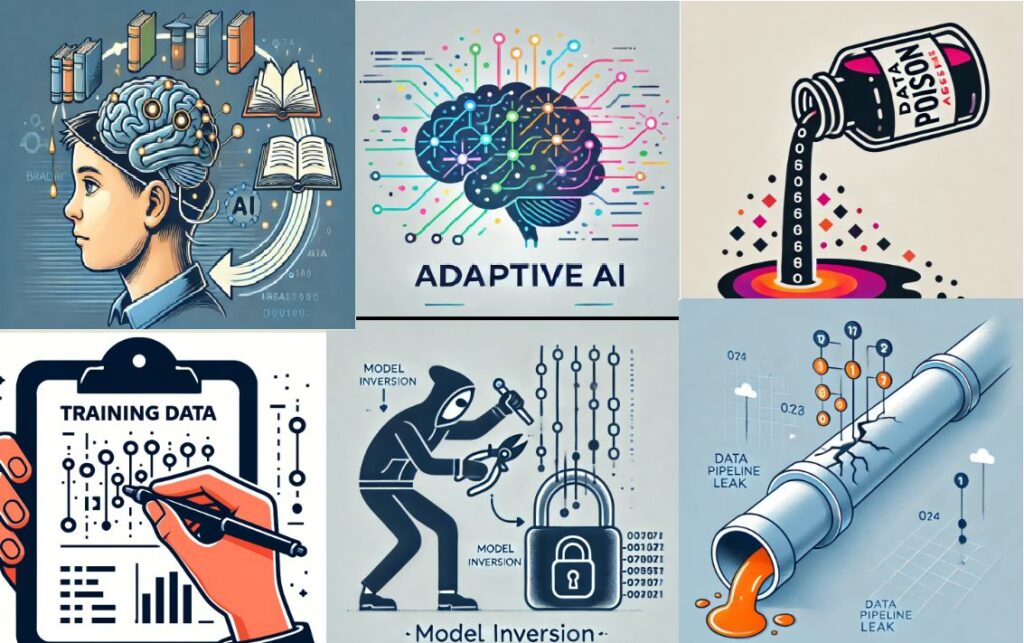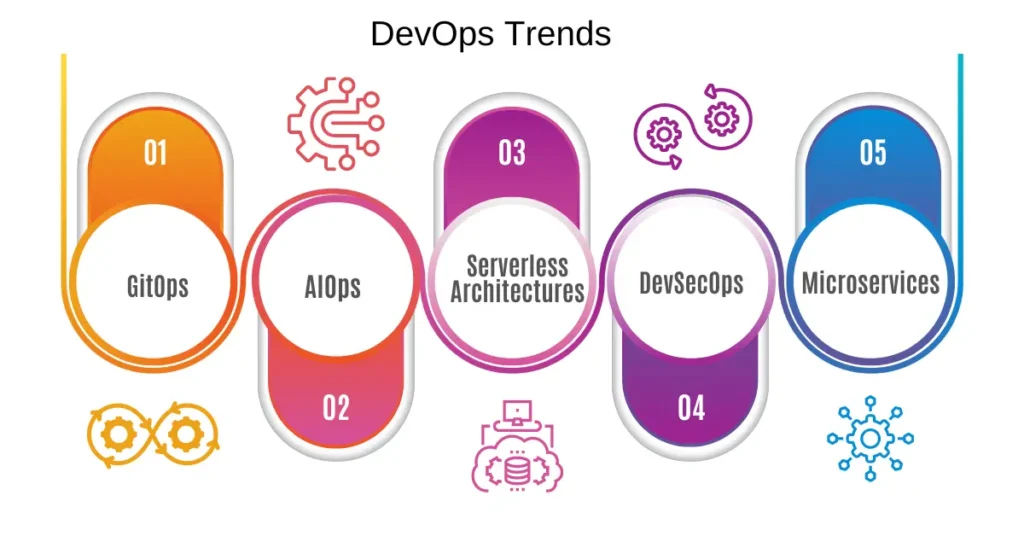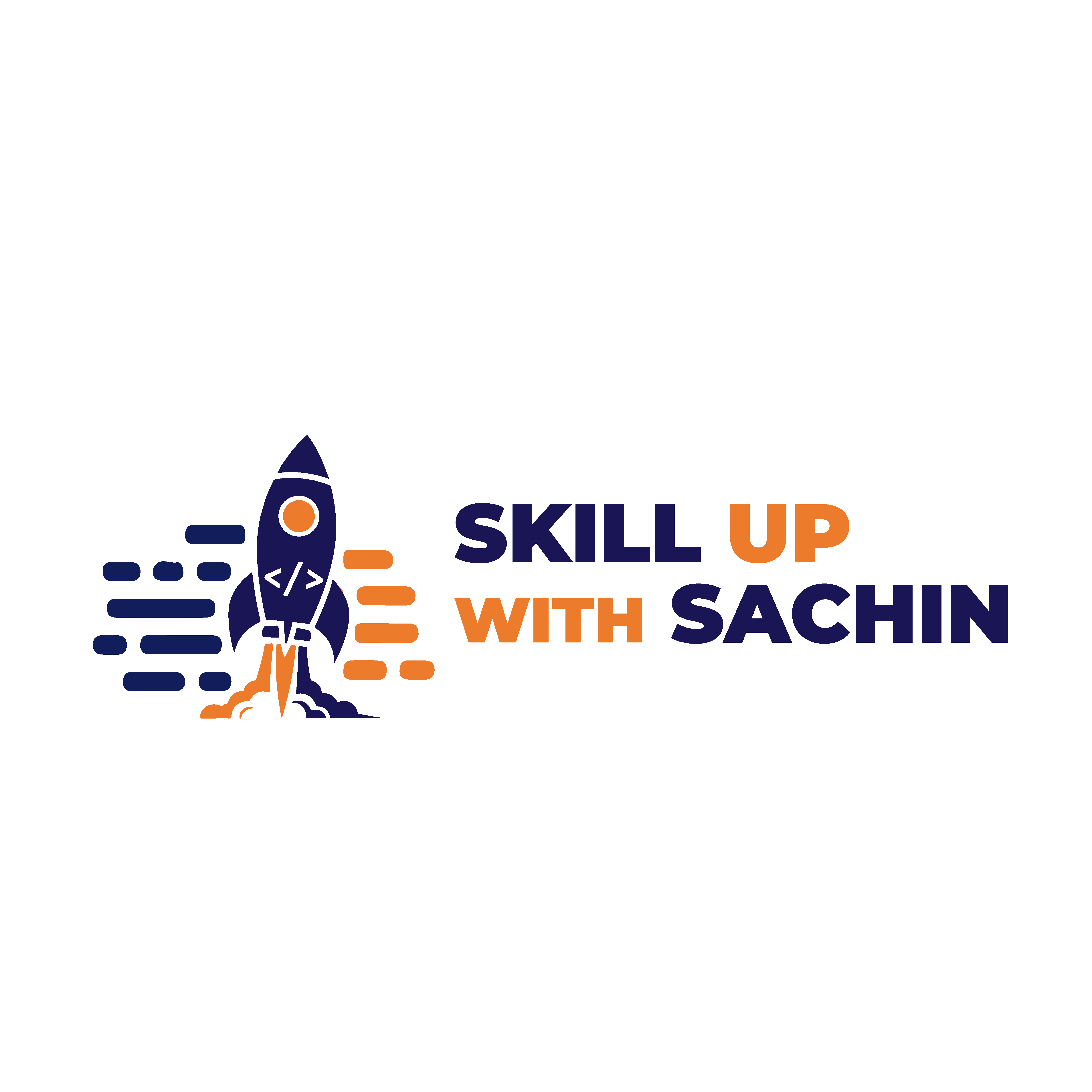The Dual Edges of Adaptive AI: Navigating Hidden Risks in the Age of Smart Machines

IntroductionAdaptive AI holds tremendous promise—its ability to learn, adjust, and evolve as it encounters new data or scenarios is a leap toward intelligent, responsive technology. However, this continual evolution also brings unique and often hidden risks. As Adaptive AI grows more deeply embedded in our lives and decision-making, we need to understand the shadows it casts, the risks lurking in its complexity, and the implications for data privacy, security, and fairness. 1. Data Leaks: The Cracks in the Pipeline Imagine your personal information as water in a tightly sealed pipe. When a data leak occurs, it’s like a crack in that pipe, allowing private information to escape without your knowledge. In the world of Adaptive AI, where vast amounts of data flow into models to improve learning and accuracy, these leaks can be devastating, potentially exposing passwords, credit card numbers, and other sensitive data to unintended parties. 2. Data Poisoning: Contaminating the Learning Pool Picture a serene lake from which an AI learns, gathering information and forming decisions based on what it finds in the water. Data poisoning is the equivalent of someone secretly dumping toxic waste into that lake. When Adaptive AI trains on contaminated or intentionally misleading data, it results in incorrect conclusions or harmful behaviors, just as drinking poisoned water could make one sick. This malicious tampering can skew outcomes, leading to decisions that may harm individuals, businesses, or entire systems. 3. Training Data Manipulation: Misinforming the Mind Consider a textbook deliberately altered by a teacher, giving incorrect answers to certain questions. When an AI model learns from manipulated data, it forms inaccurate associations or biases, which can lead to unfair or flawed outcomes. In the hands of Adaptive AI, which continuously evolves with new data, this misinformation becomes more potent and potentially more harmful, impacting areas like hiring, lending, and even criminal justice. 4. Model Inversion: Peeking Inside the Locked Box Adaptive AI models can be thought of as locked boxes that take in questions and provide answers, without revealing their internal workings. Model inversion, however, is akin to a burglar discovering how to unlock that box, reconstructing the sensitive data that was used for training. This exposure could compromise private information, especially if sensitive health, financial, or personal data was involved, posing significant privacy risks. ConclusionThe evolving intelligence of Adaptive AI brings as much risk as it does reward. As it advances, we must remain vigilant and proactive in addressing the hidden dangers, from data leaks and poisoning to manipulation and inversion risks. Safeguarding against these threats is essential to ensure Adaptive AI not only grows smarter but also operates responsibly, securely, and fairly in our digital future.
The Future of DevOps and Cloud 2024

As technology evolves, DevOps practices are constantly improving to meet the demands of modern software development. This article looks at the key trends and advancements in DevOps, from emerging tools to cultural changes. By understanding where DevOps is headed, businesses can better prepare for the challenges and opportunities ahead. Key Takeways: Source: Spacelift DevOps Trends: The Future of DevOps In the next 10 years, DevOps will change dramatically. Containers will become a core part of application development and operations. Serverless functions and microservices will make applications more flexible, though managing these technologies could become more complex. To adapt, DevOps workflows and tools will need to evolve. As container-native and cloud applications grow, better tools will emerge, including web-based development environments. Developers may no longer need to install tools locally, as these may come through Software as a Service (SaaS) solutions, possibly restricted to enterprise cloud systems. As cloud-native tools improve, developers may no longer need to write code locally or install tools on their computers. Cloud-based, web-integrated development environments (IDEs) may become the norm, though some of these innovations could be limited to enterprise cloud systems. The future of DevOps is promising, with technologies like AI, machine learning, and containerization leading the way. As companies strive to develop software faster and more efficiently, these trends will play a key role in shaping the future of DevOps.


